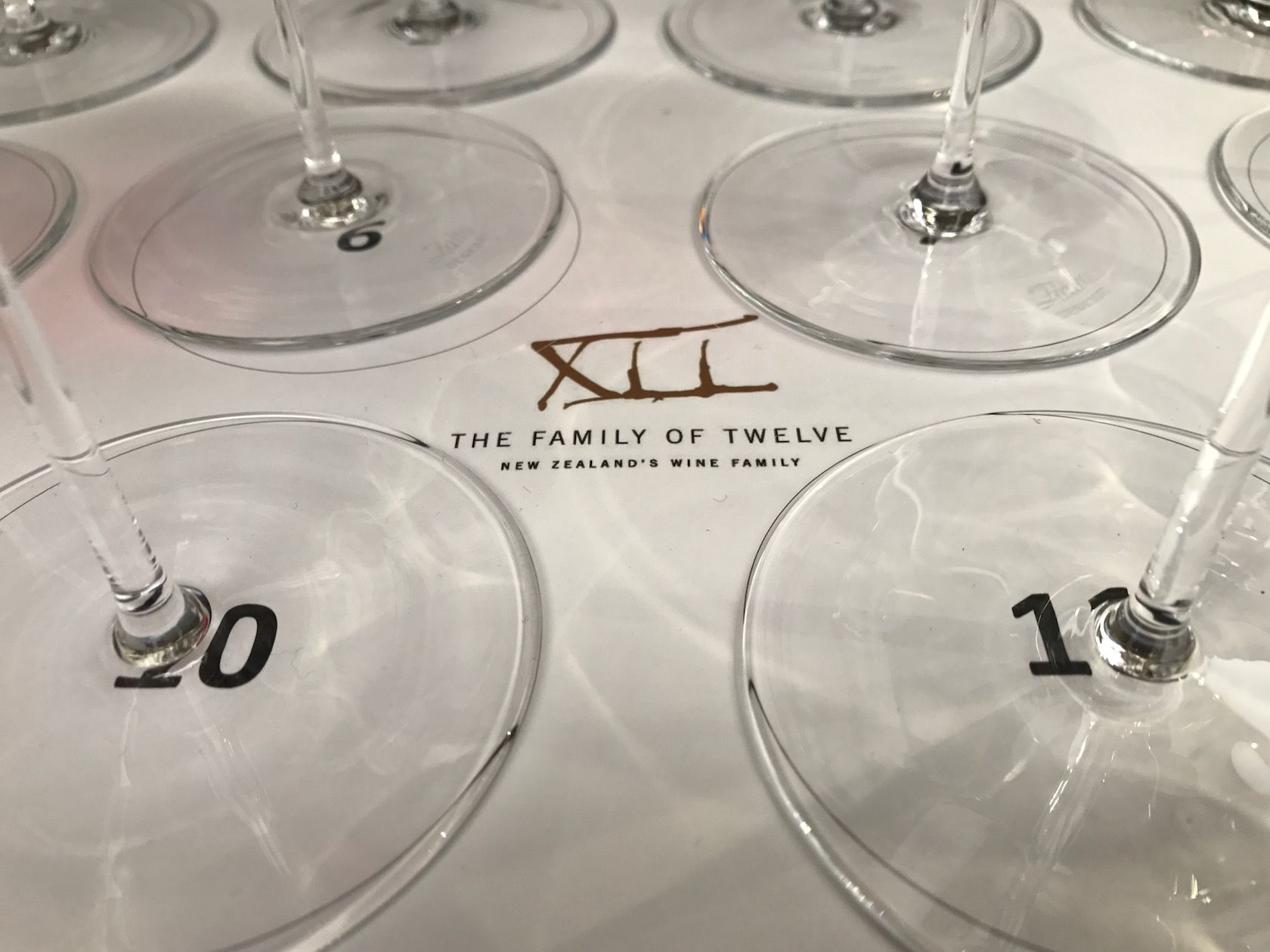The Family of Twelve is a group of New Zealand’s most elite wineries including Villa Maria, Pegasus Bay, Neudorf and Felton Road. We hear the rationale behind the group and taste 12 wines from these estates that sum up the evolution and revolution in New Zealand wine.

Tim Finn of Neudorf Vineyards (l) and Nigel Greening of Felton Road
Coming to hear Tim Finn of Neudorf Vineyards and Nigel Greening of Felton Road talk about the evolution of New Zealand wine was always going to be worthwhile. To taste a range of wines from the Family of Twelve with them was a treat.
The two had invited trade and press for a “session” (Greening abhors the term masterclass) at London’s 67 Pall Mall to illustrate the evolution of New Zealand wine with twelve different wines.
Greening, owner of Felton Road in Central Otago opened proceedings by introducing his sidekick for the day, Tim Finn: “Tim and Judy Finn started Neudorf Vineyards [Nelson] in 1978 before there really was a wine industry in New Zealand,” he said. “Tim is one of the people who made New Zealand wine.”
Both Finn and Greening are part of the Family of Twelve, or “the wine mafia,” as Greening calls it. “As every good thing it started with two to three reprobates in a bar thinking ‘if we had a gang, who would be in our gang?’ But if you have a gang you also need to decide what the rules are.” So here is what they decided:
“We decided we would only ever be twelve members, no more, no less, because there are twelve bottles of wine in a case. We would represent every New Zealand region; we would have a champion of every varietal of New Zealand; we would cover every price point because we did not want this to be an elite club.”
“Also, the members had to be good people you would want to have a drink with. We are not a sales group. We exist partly to champion New Zealand as a wine producer,” he said, admitting that the generic marketing body, New Zealand Wine, was already doing a pretty good job of that and adding: “and we want to act as a vanguard for the New Zealand wine industry as a kind of renegade bunch of special forces. We are passionate advocates of family ownership.”
Members must either be owned by a family or private shareholders, not corporations – simply due to the long-term vision and decision horizon this brings, as well as the freedom to implement “quirky ideas.”
“New Zealand is not bound by legislation and has relatively young, unfettered, curious winemakers,” Greening explained. “It is the perfect place in which not to have any sacred cows. What gets us up in the morning is that we always think if there is anything else we should be thinking about.”

Coming to the theme of the session, Greening felt duty-bound to mention something else: “We did decide not to show the wilder side, the higher fashion end of New Zealand wine. Natural wine is being explored in depth in New Zealand, as well as orange wines,” he said, citing flor-aged, fortified Pinot Gris, late-harvest Sauvignon Blanc and unsulfured Gamay in kegs as examples of experimentation.
“We did not want to do this as it would become a distraction. What we wanted to look at is what is going on in the country.” In order to do this, he invoked the Maori term Turangawaewae: “It is the nearest you can get to the idea of ‘terroir’ in our country. It is about being grounded, about a place giving you strength.”
“New Zealand has steadily been going from a culture that defines itself through a winemaker, where the best wine in the range would be the best a winemaker can do, to a country where wine is about place. What we want to discuss is the change from the celebration of a person to the celebration of a place. This really changes your ethos.”
Pegasus Bay, Waipara, Bel Canto Dry Riesling 2015
A fragrant, full-bodied, dry Riesling of immense concentration. Finn noted the individuality of the Donaldson Family who were “pushing boundaries of ripeness” with this style, even adding some botrytised grapes for richness. While Greening saw this as the Donaldons’ homage to dry Rieslings from the Mosel, to me this lush wine seemed more reminiscent of a Wachau Smaragd in its shining, rich fruit.
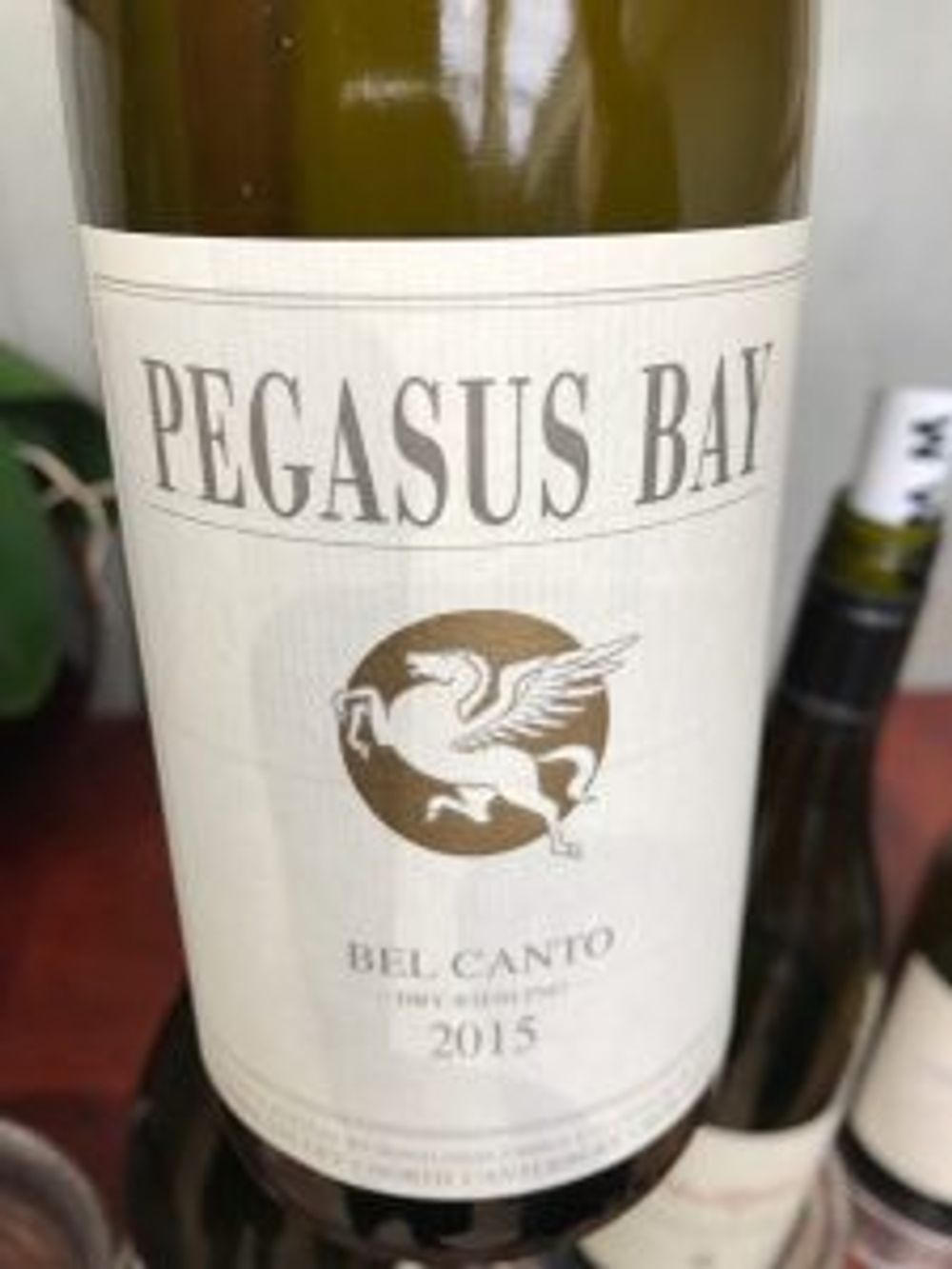
Lawson’s Dry Hills, Marlborough, Pioneer Pinot Gris 2015
A rich, big, bold style of Pinot Gris with a dollop of residual sugar. Finn credited the late Ross Lawson with being instrumental in the introduction of screwcaps for New Zealand wines. For Greening this was a style that was “rebelling against the restraint of the mainstream with distinct residual sugar and lots of body.”
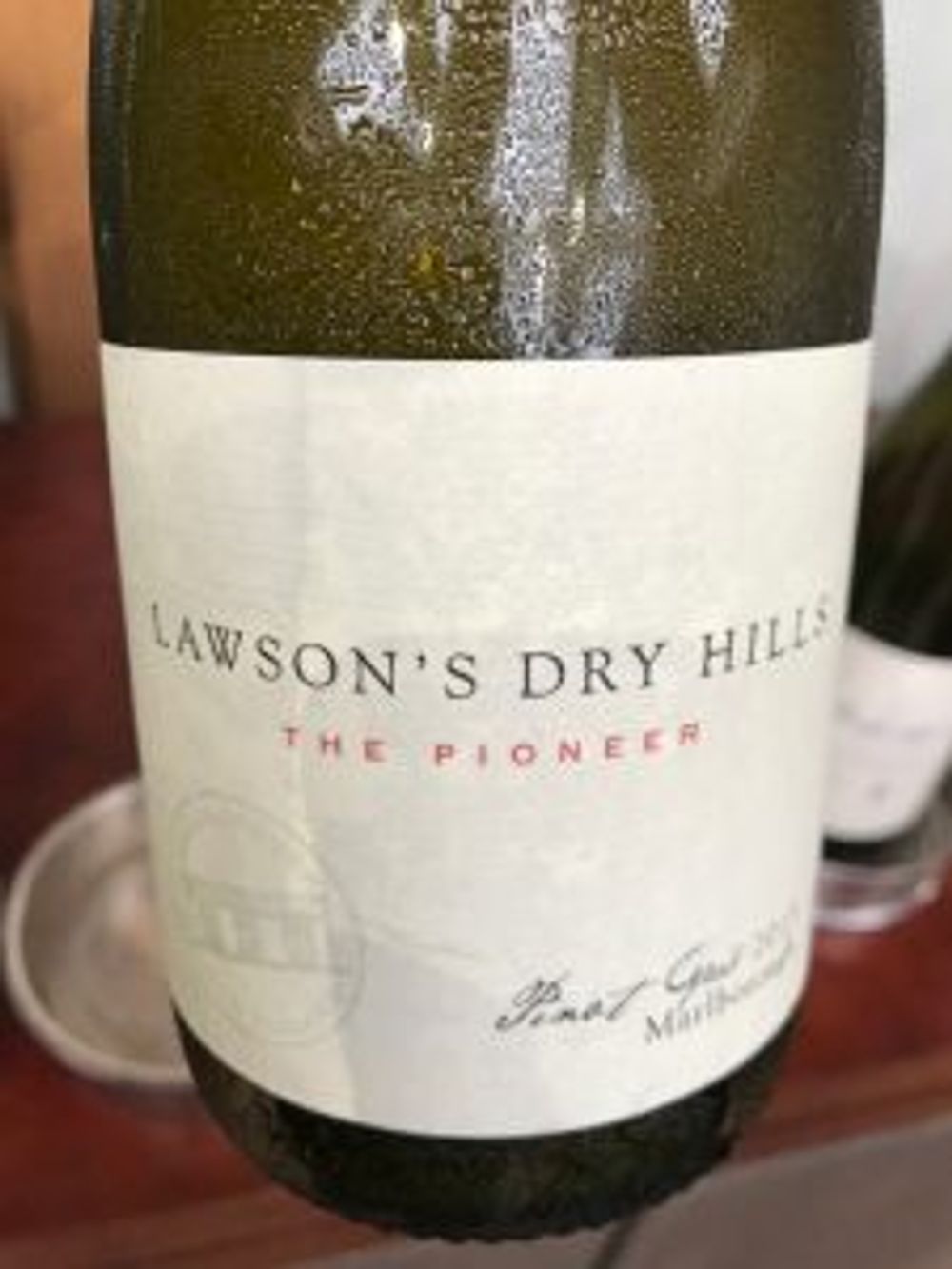
Millton Vineyards, Gisborne, Te Arai Vineyard Chenin Blanc 2015
One of the stars of the tasting, a very authentic, expressive varietal expression running the whole gamut of both ripe and tart apple notes. Both Finn and Greening hailed the Milltons as “biodynamic legends,” amongst the first in New Zealand to farm this way, long before it became fashionable. Finn quoted James Millton’s idea that this Chenin was “a bottled fantasy. A new world twist on an old world style.”
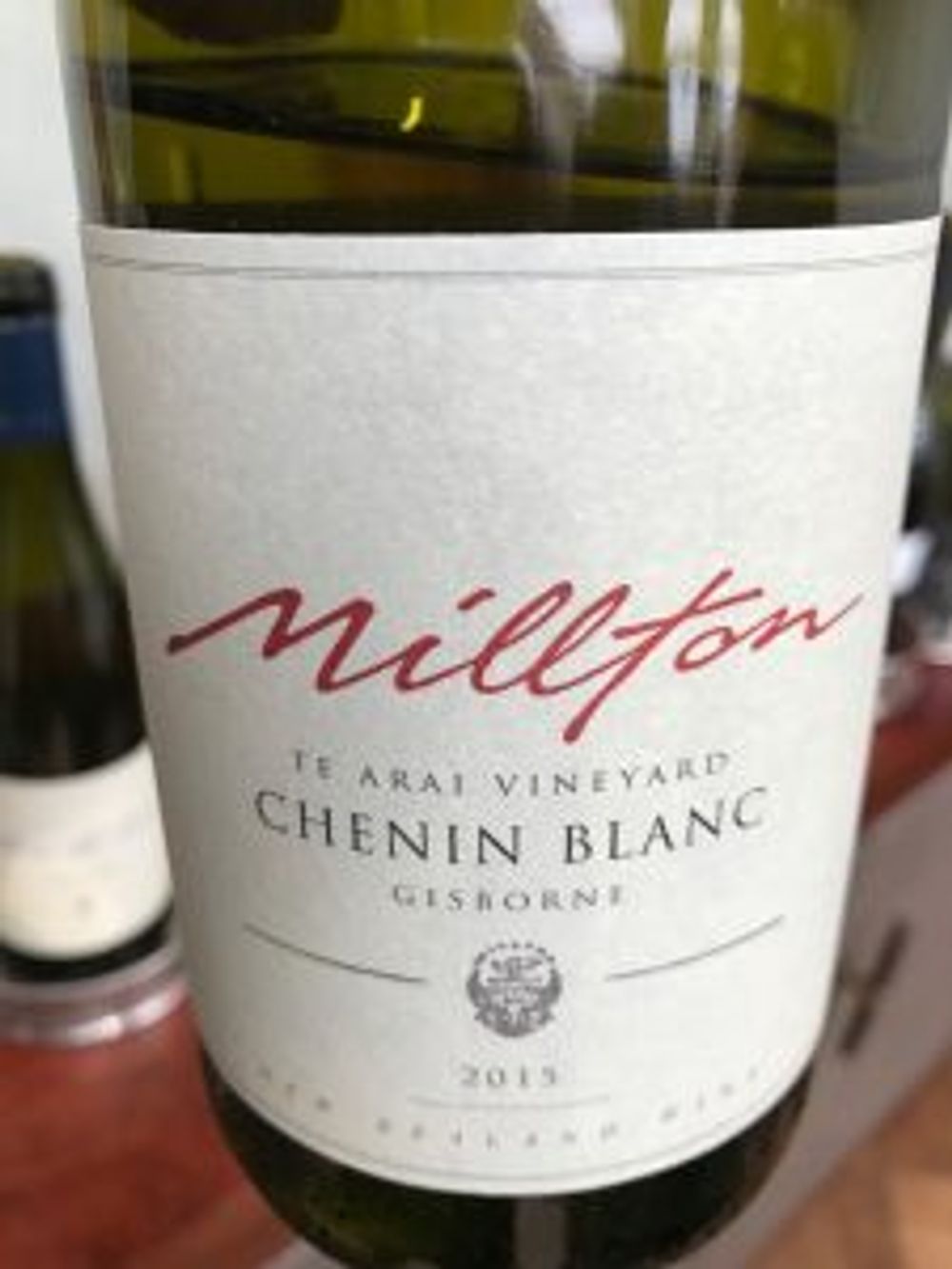
Millton Vineyards, Gisborne, Clos de Ste Anne Viognier Les Arbres 2014
A gorgeously scented, smoky and floral, creamy and plush, generous and lush Viognier. Condrieu should be very afraid. An incredible soft, rich wine that Greening deemed “seductive”.
Pegasus Bay, Waipara, Virtuoso Chardonnay 2015
A smoky, slightly reductive Chardonnay made from 30-year-old, ungrafted vines – some of the very few in New Zealand. This wine prompted the almost inevitable discussion about deliberately reductive styles of this grape variety. Both Finn and Greening thought that some reduction was a natural consequence of spontaneous fermentation but Greening spoke up against “constructed sulphides”, i.e. the fashionably over-reductive style of Chardonnay: “It flies in the face of place. A hint of flint is fine, but when it gets to tarmac and Pirelli I am getting off the bus.”

Lawson’s Dry Hills, Marlborough, Pioneer Gewürztraminer 2015
A full-on rose petal rendition of this variety with a deceptive amount of very balanced residual sugar. Finn noted Ross Lawson’s love for aromatic varieties.
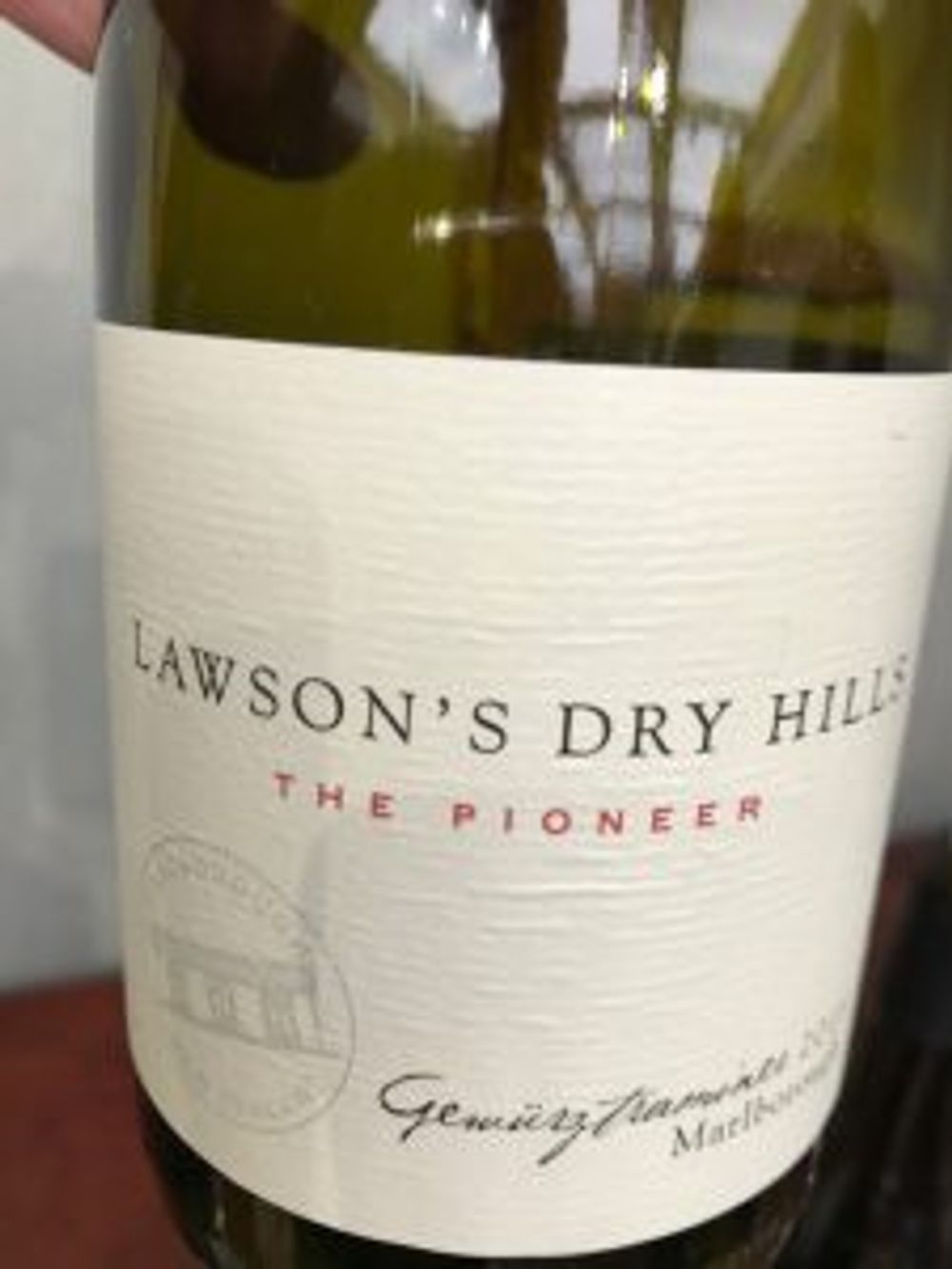
Palliser Estate, Martinborough, Pinot Noir Rosé 2016
A very pink, juicy, melon and berry-scented wine. Finn noted that “rosé has undergone a total revamp in how we drink it. It has a really strong place, either at lunch, or late in the evening. Nobody ever says it’s particularly complex but it’s not that simple, either. I can see rosé going a lot further.”
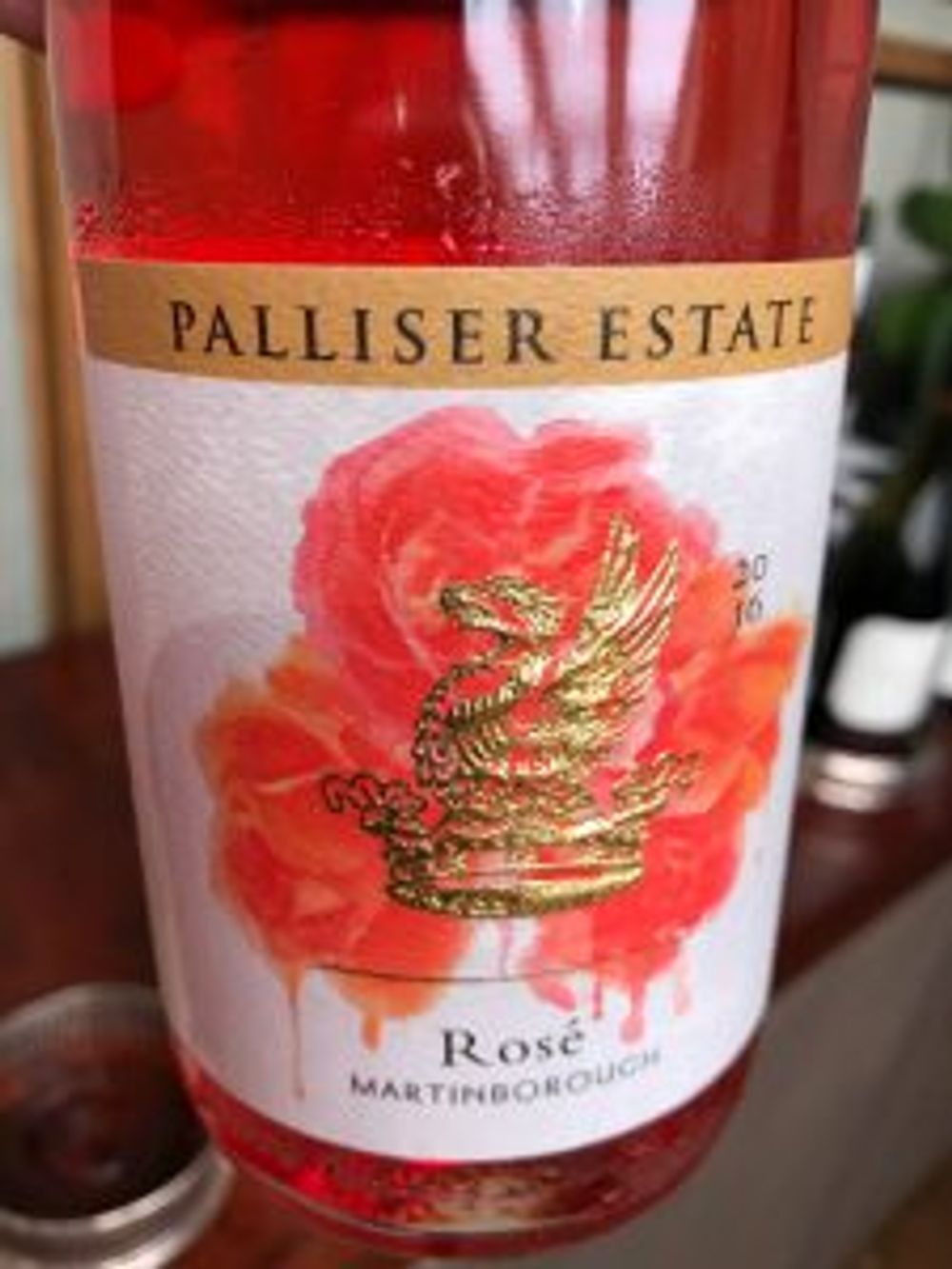
Palliser Estate, Martinborough, Wharekauhau Vineyard Pinot Noir (barrel sample)2016
A cherry-ish, full-fruited, velvety joy to drink. Almost lush with Gamay-like red fruit notes and a spicy edge. Greening noted the evolution of Palliser, of their decision to go down the road of making single-vineyard wines which resulted in a switch to organic farming: “You move away from ego and you have to start thinking about viticulture, this one decision created a huge swerve in a winery.”
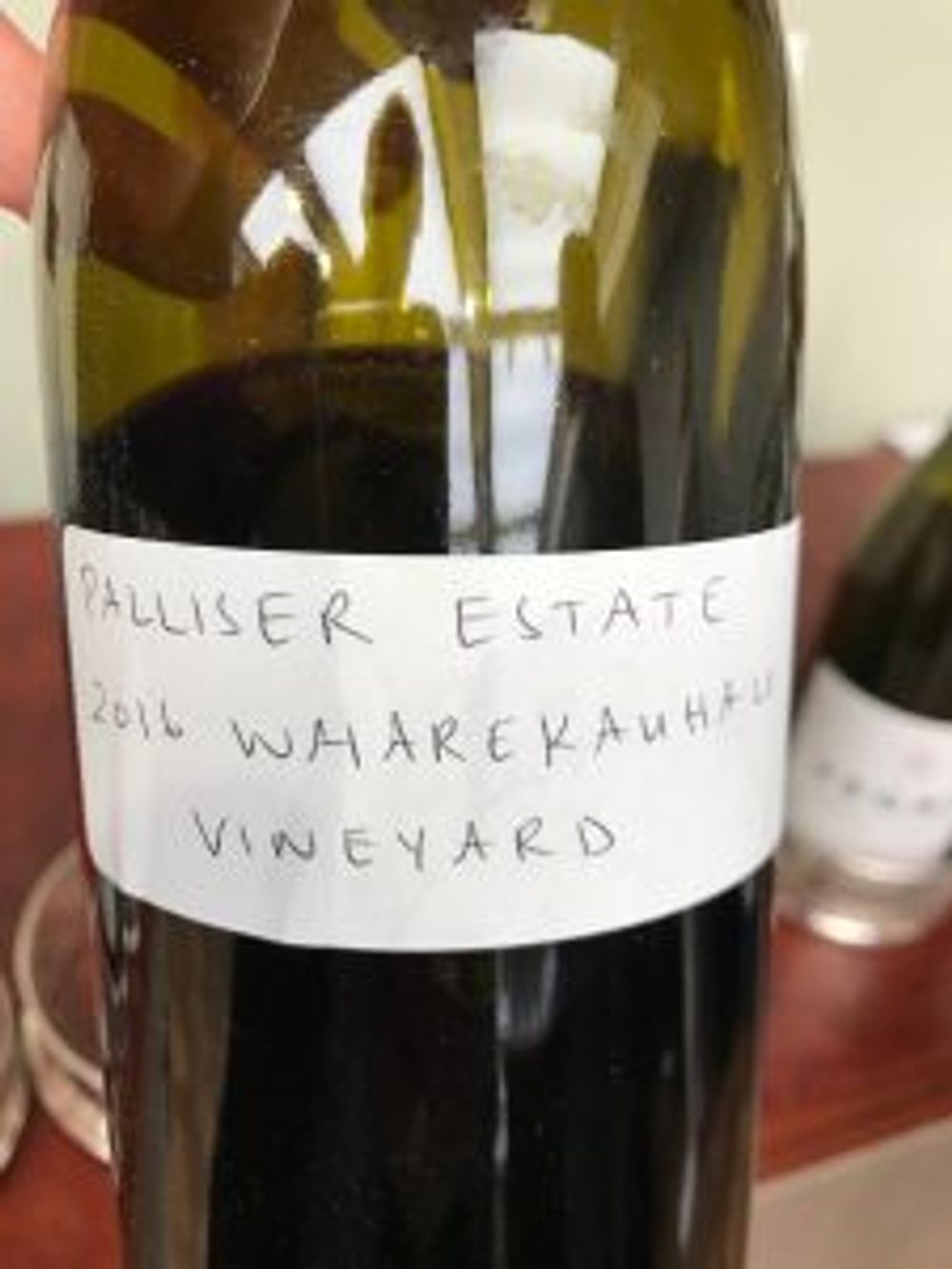
Fromm Winery, Marlborough, Cuvée H Pinot Noir 2015
Fromm Winery, Marlborough, Quarters Vineyard Pinot Noir 2015: For Greening these two wines offered an opportunity to “look at both sides of the argument,” i.e. the idea of a winemaker’s wine in the Cuvée H and the idea of place in the Quarters Vineyard. Neither of the wines would easily fit into the Marlborough idiom of Pinot Noir: the fruit was very restrained and yet had both ripeness and edginess. Marlborough certainly is a place to watch for Pinot Noir.
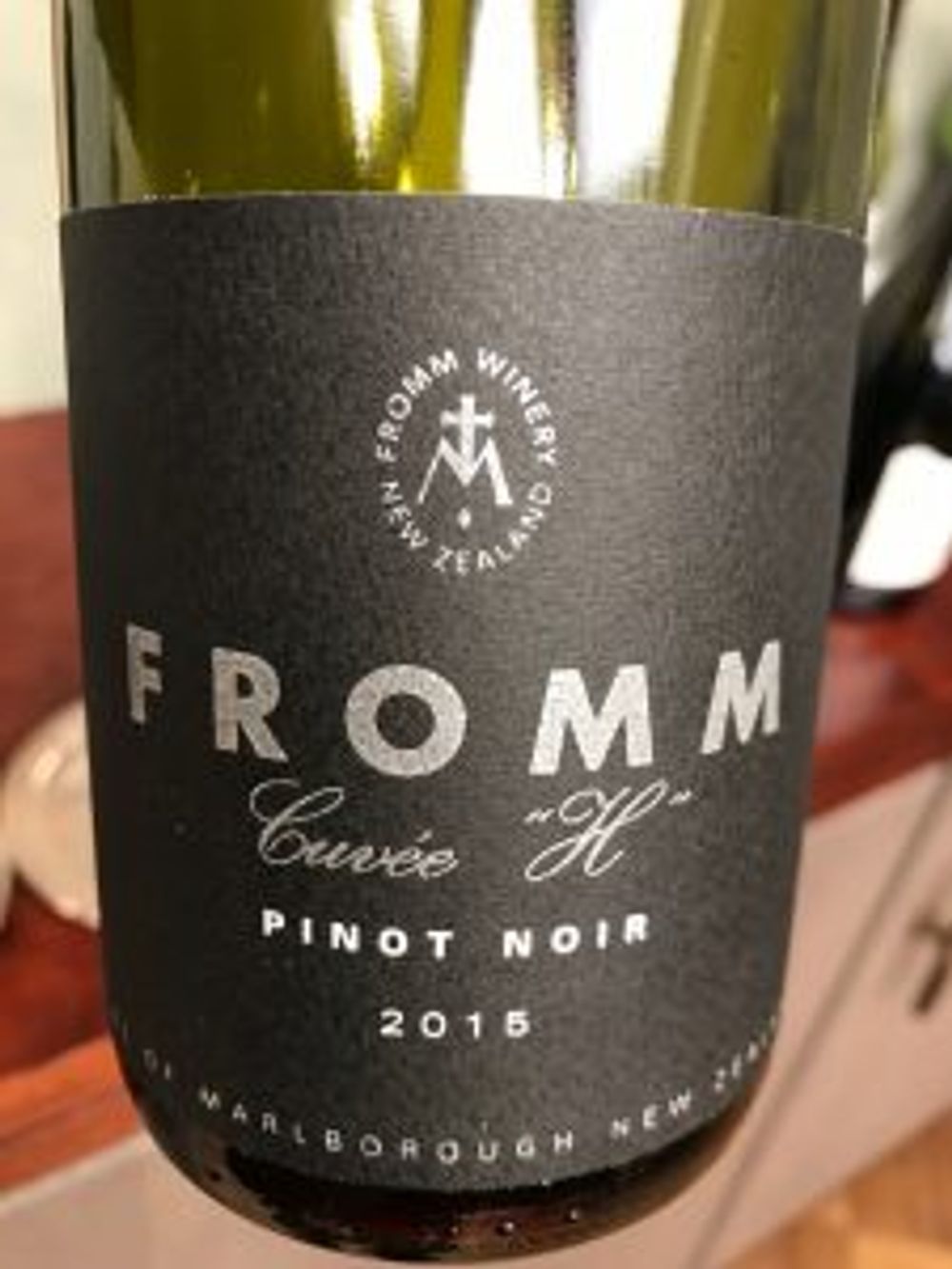
Craggy Range, Hawke’s Bay, Gimblett Gravels Syrah 2014
An explosion of peppery verve on crunchy, aromatic red cherry fruit. Lovely and full-fruited but with gorgeous bite.
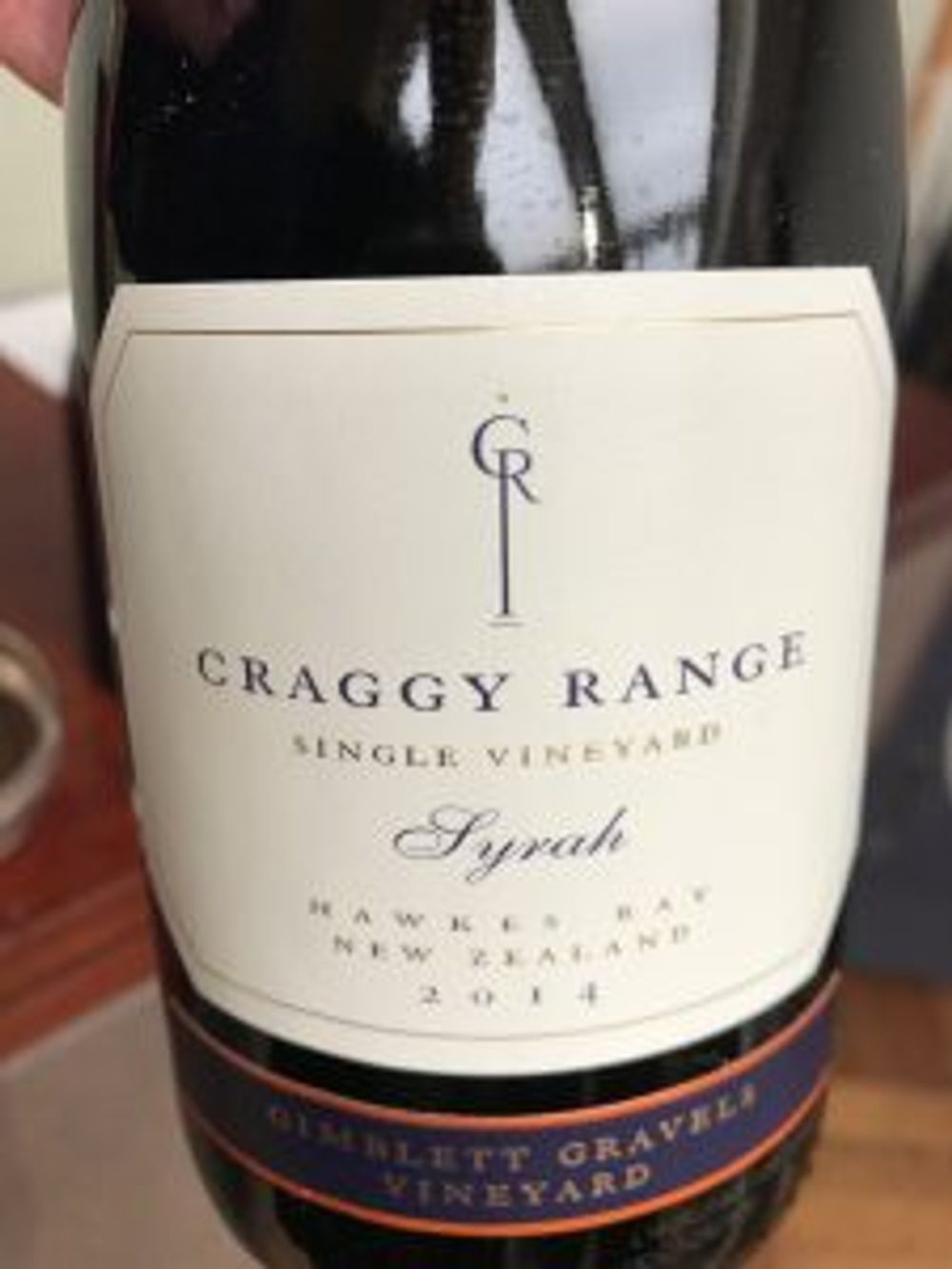
Craggy Range, Hawke’s Bay, Le Sol Gimblett Gravels Syrah 2014
This had similar aromatics but was still tightly wound, of incredible density and power – really far too young to show.

Greening noted that the Gimblett Gravels themselves were “a holy grail”, an old, very well-drained riverbed superbly suited to viticulture.
The wines prompted Greening to muse on vintages: 2013 had been hailed as the perfect viticultural year whereas 2014 had received no such praise and was more challenging – he noted that a slightly more difficult vintage might make for wines that were less boring than those of ‘great’ vintages despite their technical perfection.
Tim Finn saw an interesting development in the Craggy Range wines: “It’s a sign of moving on and getting to terms with what you want from your vineyard rather than travelling with the baggage of ‘ripe is good’.” The aim, he thinks, is no longer about making the biggest, ripest wines.
Concluding their session Greening finished by stating that for him the biggest evolution in New Zealand was the move towards more and more organic farming – nudging close to 20%. “Organics is about putting a ring-fence around anything that will dilute the ‘somewhereness’ of a place. You are protecting a place.”
We certainly tasted the ‘somewhereness’, the Turangawaewae of these wines, made with a sensibility that expresses the brilliant sunshine, the brisk freshness and pristine landscape of these two islands at the other end of the world.
